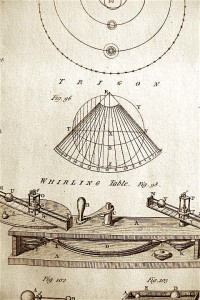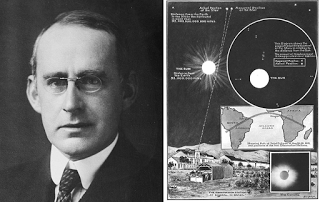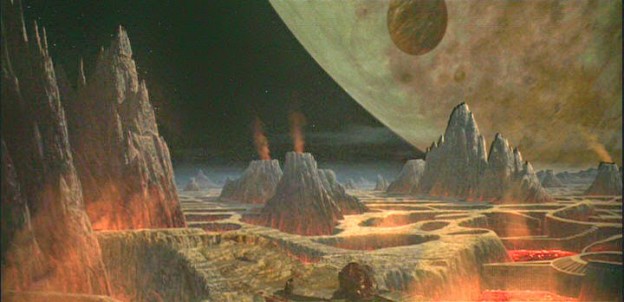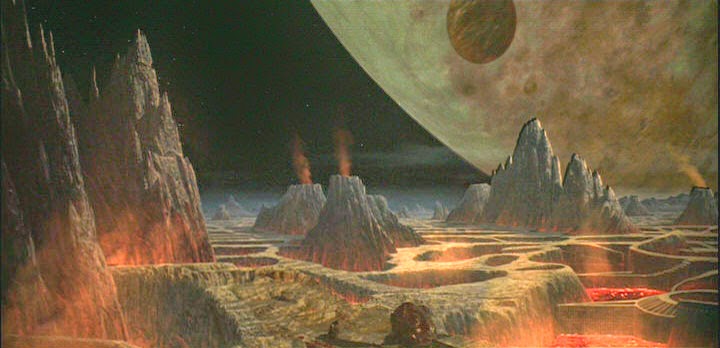The following advertisement appeared in a provincial newspaper and was sent as a curiosity by someone living in Newport, Shropshire to a reader of The New London Magazine in Wolverhampton. He in turn forwarded it to the editors, who published it in the issue for October 1786.
‘Larning has always been desired and esteemed, and it has always been a matter of dispute , and is yet amongst the abellist philosophers, wheather the earth or the sun moves, and how far distant the sun is from the earth , and how big the sun is , and also the moon and stares; and thousands of the greatyest schollors of every age, who have travelled into farin nations, and spent large sumes to get larning, and have taught and wrote the greatyest part of their life of artes and sciences , yet known of them all ever found out , or left any rule behind them, which infalabley proved, wheather the earth or the sun moved, nor how big the sun is, nor how far distant the sun is from the earth, nor the moon nor stares, yet all of them desired to know them—Therefore I, James Bagnall, of Newport , does hereby most respectfully informe the Ladyes and Gentlemen of Newport and it’s environs , and those that love the knolledge of artes and sciences, that he has from good phelosophey geometry invented sume curious geometrickal tables of the earth, and sun, moon and stares which point out and visabley shew, and infallabley prove, wheather the earth or the sun moves, and far distant the sun his from the earth; and with sume curious observations of the sun , taking the earth as such a size , with the power of figures in the mathematicks, proves the exact bigness of the sun, and moon and stares ; he also from good philosophy, gives a more perfect account of the earth, sea, rivers , wind and the different sorts of aire , and of the moon, stares and their properties, thunder and lightning, than any heretofore given. He also from good phelosophy and astrology, proves that the stares do not predestinate or influence the will of man, to make him luckey or unluckey, good or evil, and that he cannot avoid it; and therefore for their instructions and edifycations, and that those who choose it, may have the honour to see the performance of these very great and desirable and noble artes and sciences, the first time they ever wheare taught or made publick in any part of the world, by the person himself, who found out the understanding of them; therefore he has taken the market hall of Newport for five nights only, where he will go through the whole of them; and the weakest capacity, who comes the five nights to be instructed by him, will in so short a time larn more true knolledge of these great and desirable and truly eddefying artes and scinces then all the great phelosophers of the world, all put together, ever got of them, till now, with all their expence and pains’ and by these rules found out or done almost everything that can be done by figuers.






